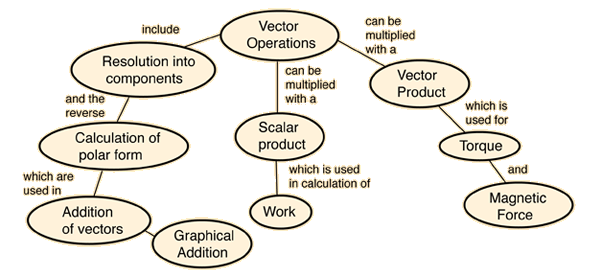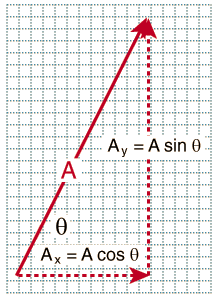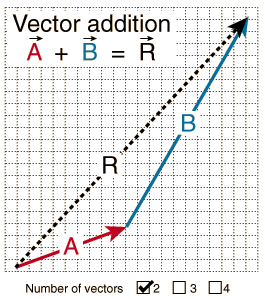Basic Vector Operations
Both a magnitude and a direction must be specified for a vector quantity, in contrast to a scalar quantity which can be quantified with just a number. Any number of vector quantities of the same type (i.e., same units) can be combined by basic vector operations.
Math of vectors
| HyperPhysics***** Mechanics | R Nave |











